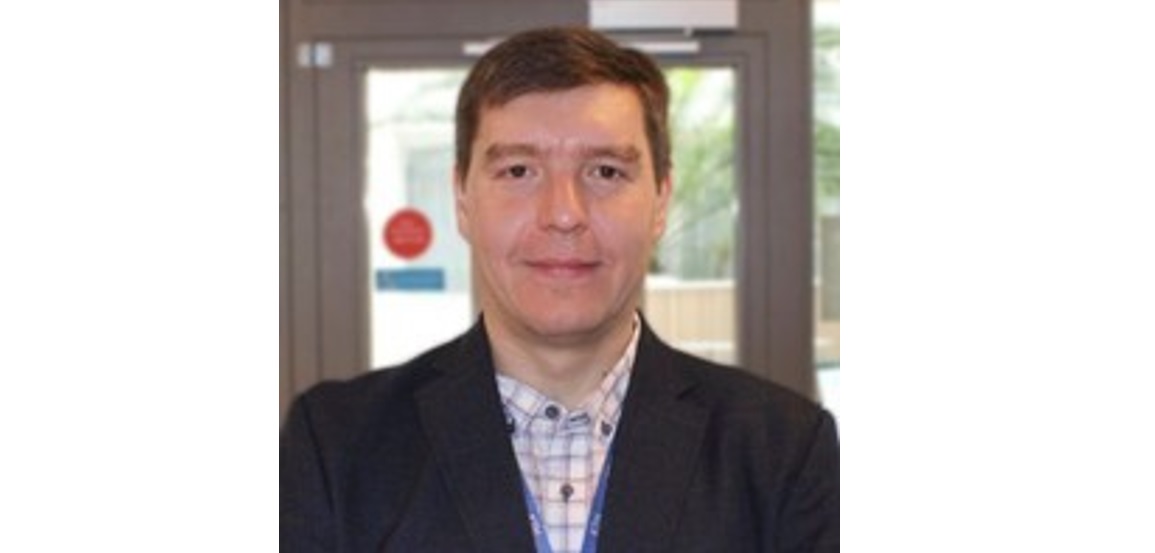Vitaly Petrov appointed Research Leader of the Future to pioneer 6G & 7G Wireless Communication

Assistant Professor Vitaly Petrov, a researcher affiliated with SWEWIN, has been appointed as Research Leader of the future by the Swedish Foundation for Strategic Research (SSF). This appointment, coming together with a significant funding will support his long-term research into the next generation of mobile wireless networks, a project he is leading as part of the TERANET@KTH research lab.
to the Future Research Leaders 9 (FFL-9) program, of which only 16 were selected. The researchers will receive a grant of 15 million Swedish crowns each over a five-year period and will participate in a comprehensive leadership training program.
Upon receiving these news, Dr. Petrov expressed his gratitude: “I feel extremely grateful to the SSF Board and all the professionals involved for supporting my proposal. Pioneer research is always a team effort, and I sincerely appreciate the support from my students and colleagues. I am also deeply thankful to Prof. Emil Björnson (KTH) and Prof. Robert W. Heath Jr. (UCSD, USA) for their recommendations.”
Engineering the Future of Wireless Connectivity
While the fifth-generation (5G) of networks is still being deployed globally, Dr. Petrov’s team is working on the design of more efficient sixth-generation (6G, 2030+), and especially forthcoming seventh-generation (7G, 2035+) mobile wireless networks. Their research specifically explores how these future networks can efficiently use wireless signals in the terahertz (THz) frequency band (300 gigahertz and above), which is 50-100 times higher than modern networks today.
This work is important for two main reasons. First, terahertz communications can utilize much larger bandwidths than existing systems, leading to a theoretical data rate of up to terabits per second. This capacity will enable novel, data-intensive scenarios that are difficult to support today. This is comparable to replacing smartphones with comfortable augmented and virtual reality glasses, smart cars engaging in collective autonomous driving to reduce traffic injuries, and all airplane passengers being able to stay connected throughout their entire flight.
Secondly, the terahertz band presents unique scientific properties that have never been studied for wireless connectivity before. The team is exploring the possibility of dynamically changing the trajectory and shape of wireless signals as they spread. This will require revisiting existing theoretical models and developing entirely new approaches to control these signals for the benefit of end-users.
Looking Ahead: Expanding Collaboration and Innovation
With the SSF grant, Dr. Petrov plans to notably expand the research lab by hiring new talented researchers. He wishes also to strengthen ongoing collaborations with international research groups in Europe, Asia, and North America. The team aims to build a foundation for further industry-academic cooperation and a potential standardization of these systems in the future.
You can also read more information about this appointment in the and .

